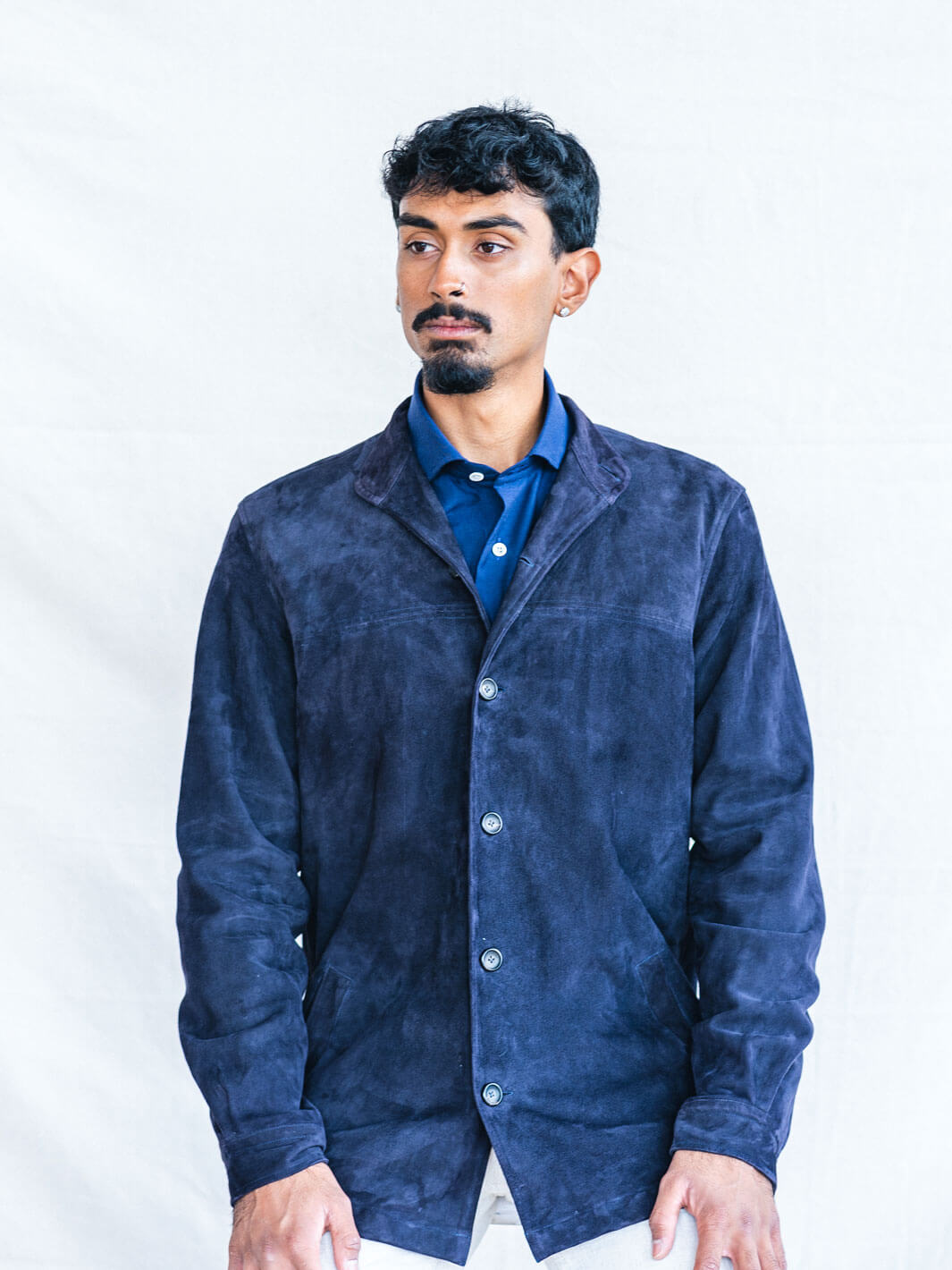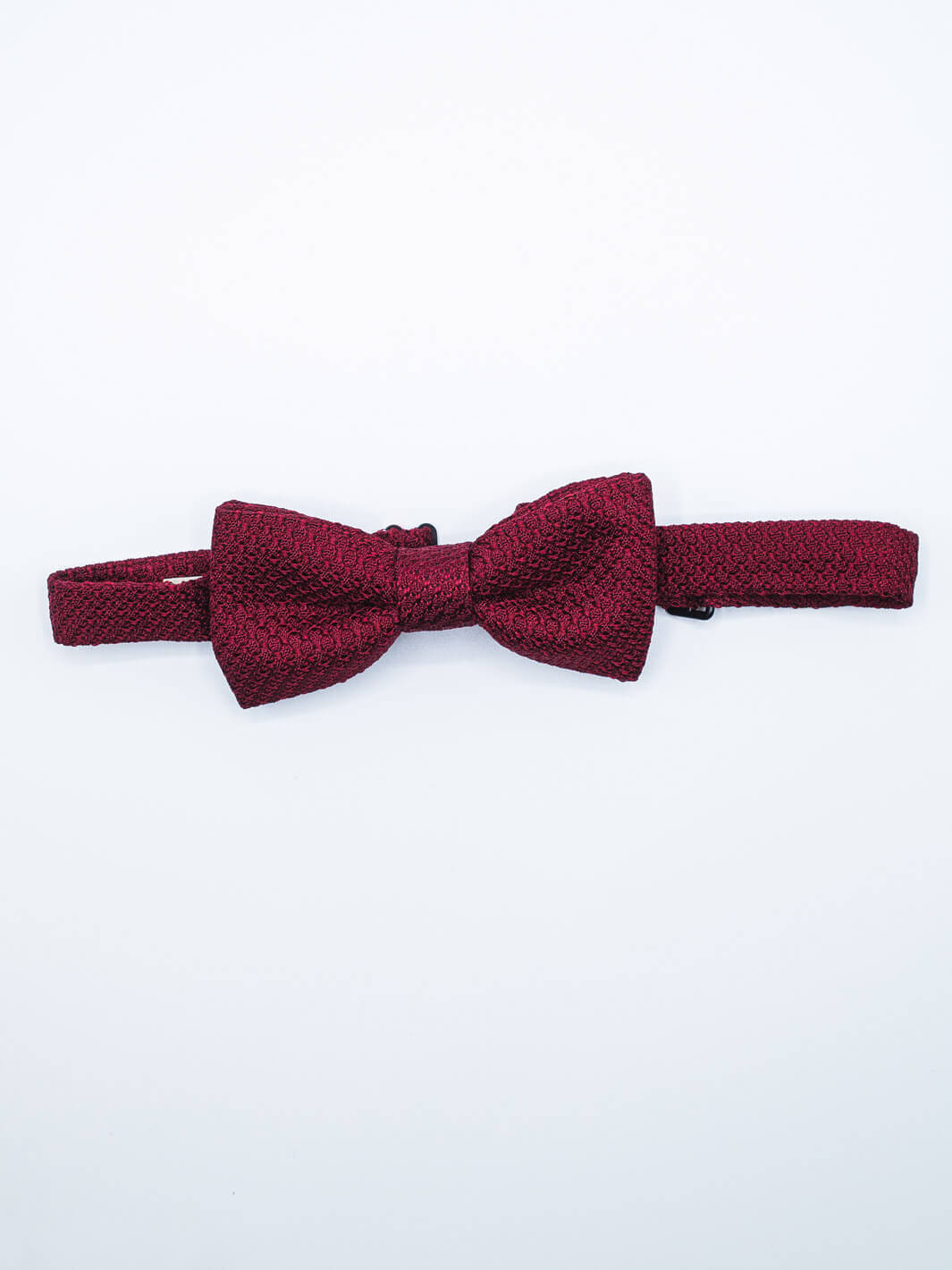It’s silky, super-fine and tactile against the skin. It’s much warmer than regular wool but, conversely, so light that you get insulation aplenty without the cumbersome bulk of a winter coat. It’s also resource-intensive, region-specific, and—if not sourced mindfully—can cause problems such as overgrazing, land degradation and threats to the livelihoods of poor, nomadic herders in the regions where it is produced.
So how does the ethical consumer enjoy this, one of natural selection’s greatest gifts to sartorialism, with a clear conscience? And what are the major players in fabric making doing to ensure we can do so?
Soft Sell: What Makes Cashmere So Appealing?
Mentioned in texts dating back to the 3rd century BC, cashmere derives from the soft, downy, ultra-fine undercoat of cashmere goats, mostly found in China (where it’s known as “diamond fiber”), Mongolia, Nepal, and parts of India (readers may not be surprised to learn that the word “cashmere” derives from Kashmir, the northernmost geographical region of the Indian subcontinent).

It's a hygroscopic fiber, largely thanks to the exceptional nature of its crimp—a word which refers to the natural waviness and elasticity of fibers. In its natural state, it forms an abundance of tight, minuscule zigzags creating a multitude of air pockets, so the fabric absorbs and releases water from the surrounding air. As such, cashmere regulates the human body in various climes, just as it does the underbellies of the beasts—inhabitants of central Asia, with its extreme temperatures at either end of the thermometer—from whom we harvest it using shears and sharp-toothed combs.
This crimp also results in a gentle, pliant springiness, meaning that suits made from it drape beautifully, creating a silhouette that complements its natural luster, particularly with darker colors. It also ages well. And talking of aging well, check out George Clooney’s simple black cashmere turtleneck in last year’s suspense thriller Wolfs, or Daniel Craig’s (under Bond’s Barbour jacket) in Skyfall, to glean a clear idea of cashmere’s game-changing role in knitwear-based layering.

Playing Hard to Get: The Difficulties With Ethical Sourcing of Cashmere
The best things in life—in the realm of high-end living, anyway—are anything but free. Cashmere can be relatively cheap—and, like a vast bulk of what’s available to us in the modern supermarket aisle, cashmere is ubiquitously available thanks to market globalization. But sourcing cashmere that is of the highest quality (ideally around 15 microns in diameter and up to 50mm in length) is a different matter altogether. Doing so whilst adhering to basic ethical standards when it comes to environmental sustainability and animal welfare (cheaper fleece often involves painful shearing practices) is even trickier. And, certain industry practices driven by the lust for fast fashion, and a consequent demand for affordable luxury such as brands misleadingly marketing blended fibers as “recycled cashmere” are muddying the waters even more.
According to Gregor Thissen, Executive Chairman at Scabal, ticking the quality and ethics boxes simultaneously is a constant battle. “Over the years, cashmere has become more widely used across the fashion industry, but like wool, its quality can vary greatly,” he tells Anatoly & Sons.

“At Scabal, we use only the finest cashmere fibers, which are sourced from select regions such as China and Mongolia, and therefore ethical sourcing can be more complicated. By relying on our network of long-term specialist sourcing partners we can ensure not only the premium quality we require, but also that the cashmere is certified by either the Sustainable Fibre Alliance or The Good Cashmere Standard, guaranteeing responsible practices in animal welfare, environmental care, and worker conditions.”
Fabric Conditioning: Fabric Mills’ Ethical Cashmere Credentials
Dormeuil – the esteemed supplier of the fabric used in our Black Wool-Cashmere Blazer—also keeps a keen eye on its supply chain through trusted partners, which include the actual farmers, shearers and producers in Mongolia (whom Chairman Dominic Dormeuil has himself visited). The French family business is constantly exploring and attempting to facilitate strategies—rotation of grazing lands for the goats, for example—that might bolster the eco-credentials of its cashmere products.

Another Anatoly & Sons supplier, Holland & Sherry, also adheres stringently to the codes set out by the aforementioned Sustainable Fibre Alliance (which connects the entire supply chain—from goat herders to brands and retailers—with industry experts to ensure animal welfare and land management practices are impeccable).
All of which is impressively high-effort, of course—but, I’d assert, commercially savvy too. Conscientious consumption, amongst those who appreciate the finer things in life, isn’t going anywhere. Dressing well, clearly, is now an external presentation of internal class—and we’ll raise a toast to that.









